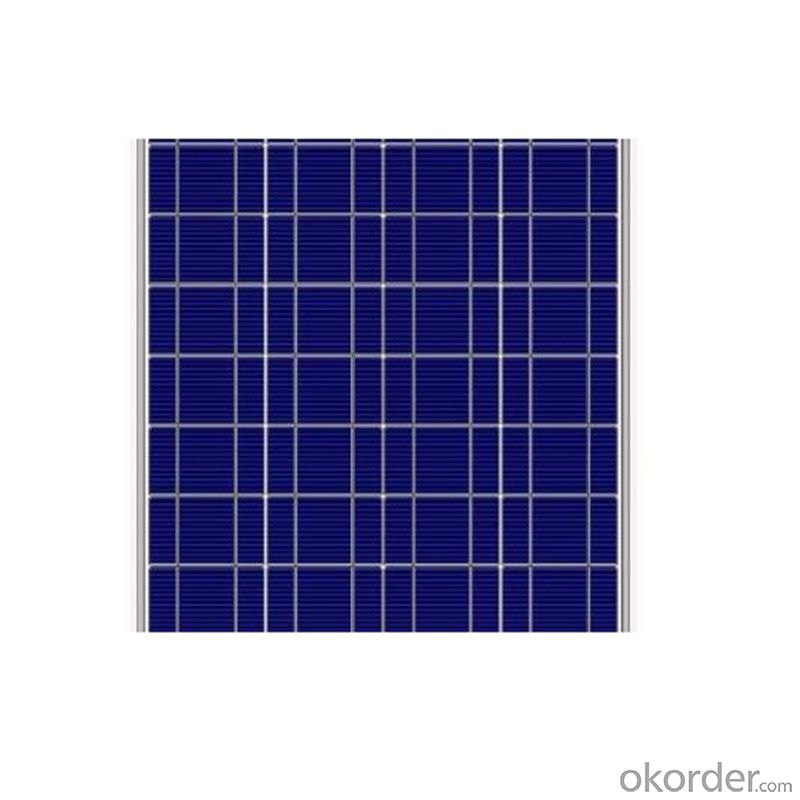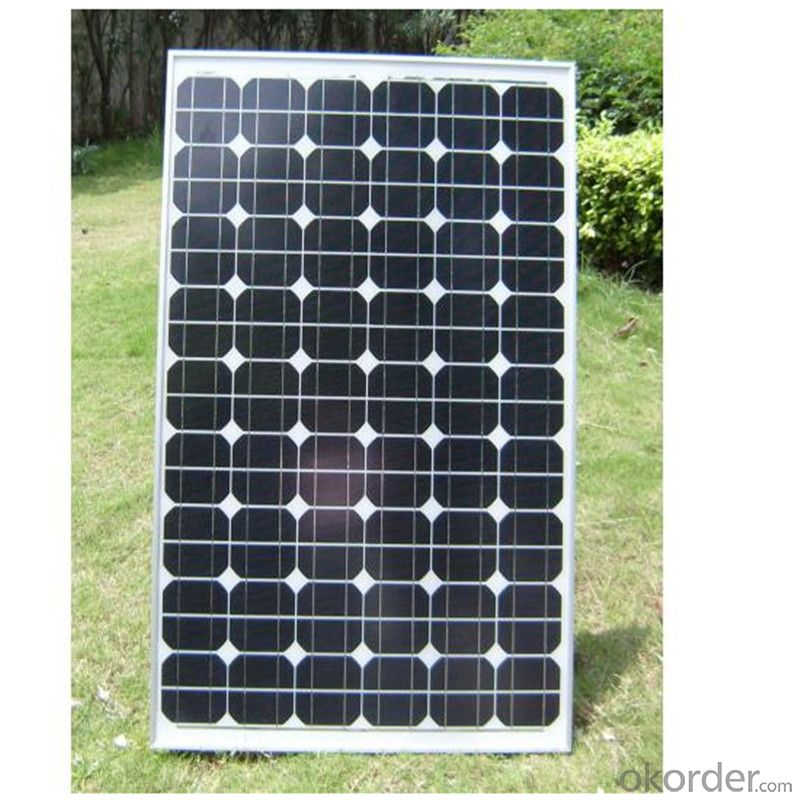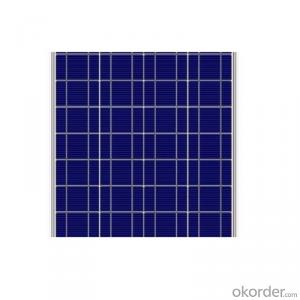205 Watt Photovoltaic Poly Solar Panel
- Loading Port:
- China main port
- Payment Terms:
- TT OR LC
- Min Order Qty:
- 1000 watt
- Supply Capability:
- 500000 watt/month
OKorder Service Pledge
OKorder Financial Service
You Might Also Like
Item specifice
Instruction
Quality and Safety
1. Rigorous quality control meets the highest international standards.
2. High-transmissivity low-iron tempered glass, strong aluminium frame.
3. Using UV-resistant silicon.
4. IS09001/14001/CE/TUV/UL
5.3w-300w mono & poly solar panel supply
Warranties
1. 10 years limited product warranty
2. 15 years at 90% of the minimal rated power output
3. 25 years at 80% of the minimal rated power output
Feature
1. High efficiency and High power.
2. Long-term electrical stability.
3. Lowest price and Fastest delivery.
4. Good quality and good service.
5.Bulk supply
6. Good Warranty
7.Big Sale
8.High quality
9.More than 35 years on the lifetime.
10 DHL/Fedex/UPS/TNT/EMS etc
Images


Specification
Model | SIM-100 |
Maximum Power at ST(Pmax)W | 100Wp |
Maximum Power Voltage(Vmp)V | 18.0V |
Maximum Power Current(Imp)A | 5.56A |
Open Circuit Voltage(Voc)V | 22.0V |
Short Circuit Current(Isc)A | 5.9A |
Cell Efficiency(%) | 17.0% |
Module Efficiency(%) | 15.37% |
Operating Temperature°C | -40°C to 85°C |
Maximum system voltage | 1000V(IEC)DC |
Power tolerance | -0.03 |
Temperature coefficients of Pmax | -0.45%/°C |
Temperature coefficients of Voc | -0.27%/°C |
Temperature coefficients of Isc | 0.05%/°C |
Weight(kg) | 7.4 |
Number of cell(pcs) | 4*9 |
FAQ
We have organized several common questions for our clients,may help you sincerely:
1). What’s price per watt?
A: It’s depends on the quantity, delivery date and payment terms of the order. We can talk further about the detail price issue. Our products is high quality with lower price level.
2). Can you tell me the parameter of your solar panels?
We have different series of cells with different power output, both from c-si to a-si. Please take our specification sheet for your reference.
3). How do you pack your products?
We have rich experience on how to pack the panels to make sure the safety on shipment when it arrives at the destination.
4). How long can we receive the product after purchase?
In the purchase of product within three working days, We will arrange the factory delivery as soon as possible. The perfect time of receiving is related to the state and position of customers. Commonly 7 to 10 working days can be served.
- Q:What is the role of bypass diodes in shading situations?
- The role of bypass diodes in shading situations is to prevent the shaded cells of a solar panel from reducing the overall power output of the panel. By creating an alternative path for the current to bypass the shaded cells, bypass diodes ensure that the unshaded cells can still generate electricity efficiently. This helps to optimize the performance and reliability of the solar panel system in the presence of shading or partial shading conditions.
- Q:Can solar cells be used in schools or educational institutions?
- Yes, solar cells can definitely be used in schools or educational institutions. Installing solar panels in schools not only helps in reducing electricity costs but also provides an opportunity to educate students about renewable energy sources and sustainability. It allows schools to become more environmentally conscious by reducing their carbon footprint and serves as a great educational tool to teach students about solar energy and its benefits.
- Q:Can solar cells be used in portable devices?
- Yes, solar cells can be used in portable devices. They can be integrated into the design of various portable devices, such as smartphones, tablets, and wearable technology, to convert sunlight into electrical energy and charge the device's batteries. This allows for increased convenience and independence from traditional power sources in outdoor or remote environments.
- Q:What is the impact of solar cells on reducing energy poverty?
- Solar cells have a significant impact on reducing energy poverty by providing access to clean and affordable electricity in remote and underserved areas. By harnessing the power of the sun, solar cells offer a sustainable and renewable energy solution, eliminating the reliance on fossil fuels and costly infrastructure. This empowers communities to meet their energy needs, improve living conditions, and promote economic growth while reducing greenhouse gas emissions and combating climate change.
- Q:Can solar cells be used for powering schools?
- Yes, solar cells can be used for powering schools. Solar panels can be installed on the roofs of school buildings or in nearby areas to generate electricity from sunlight. This renewable energy source can help schools reduce their dependence on traditional power grids, lower energy costs, and contribute to a more sustainable and environmentally friendly campus.
- Q:What is the impact of solar cells on reducing electricity bills?
- Solar cells have a significant impact on reducing electricity bills as they harness the power of the sun to generate clean and renewable energy. By producing electricity on-site, solar cells can offset a considerable portion of a household's or business's energy consumption, leading to substantial savings on monthly electricity bills. Moreover, excess energy generated by solar cells can be fed back into the grid, allowing homeowners and businesses to earn credits or even receive payments for the surplus energy they contribute. Overall, solar cells offer a sustainable and cost-effective solution to reduce electricity bills and promote energy independence.
- Q:Can solar cells be used in military vehicles?
- Yes, solar cells can be used in military vehicles. They can help power various electronic systems and equipment, reducing reliance on traditional fuel sources and increasing energy efficiency. Additionally, solar cells can provide a sustainable and renewable energy solution for the military, especially in remote or off-grid operations.
- Q:How do solar cells handle temperature fluctuations?
- Solar cells generally handle temperature fluctuations well, but extreme temperatures can have an impact on their performance. In cold temperatures, solar cells tend to have slightly higher efficiency, meaning they can produce more electricity. However, excessive heat can cause a decrease in efficiency and even damage to the cells. To counteract this, solar panels are designed to dissipate heat effectively and are often installed with a gap between the panels and the roof to allow for better airflow. Additionally, some solar cell technologies, such as thin-film solar cells, are less susceptible to temperature variations compared to traditional crystalline silicon cells. Overall, while solar cells can tolerate temperature fluctuations, it is crucial to consider and manage heat buildup to ensure optimal performance and longevity.
- Q:Can solar cells be used in agricultural irrigation systems?
- Yes, solar cells can be used in agricultural irrigation systems. Solar-powered irrigation systems harness energy from the sun to power water pumps, allowing the efficient distribution of water to crops. This renewable energy solution reduces reliance on traditional electricity sources, making it a sustainable and cost-effective option for agricultural irrigation.
- Q:Can solar cells work in cloudy weather?
- Yes, solar cells can still work in cloudy weather, although their efficiency may be reduced. Clouds diffuse sunlight, causing a decrease in the amount of direct sunlight reaching the solar cells. However, solar cells can still generate electricity from the diffused sunlight, although at a lower rate compared to sunny conditions.
1. Manufacturer Overview |
|
|---|---|
| Location | |
| Year Established | |
| Annual Output Value | |
| Main Markets | |
| Company Certifications | |
2. Manufacturer Certificates |
|
|---|---|
| a) Certification Name | |
| Range | |
| Reference | |
| Validity Period | |
3. Manufacturer Capability |
|
|---|---|
| a)Trade Capacity | |
| Nearest Port | |
| Export Percentage | |
| No.of Employees in Trade Department | |
| Language Spoken: | |
| b)Factory Information | |
| Factory Size: | |
| No. of Production Lines | |
| Contract Manufacturing | |
| Product Price Range | |
Send your message to us
205 Watt Photovoltaic Poly Solar Panel
- Loading Port:
- China main port
- Payment Terms:
- TT OR LC
- Min Order Qty:
- 1000 watt
- Supply Capability:
- 500000 watt/month
OKorder Service Pledge
OKorder Financial Service
Similar products
New products
Hot products
Related keywords


























